Are you using an auto attendant with your cloud phone system? Many businesses are taking advantage of this technology to assist human receptionists or to provide customer support after hours. In some cases, businesses can even replace receptionists entirely with auto attendants. The advantages of this approach are obvious; an auto attendant can work round the clock and can handle multiple calls at once without leaving customers waiting on hold. It is also notably less expensive than having an additional employee devoted solely to answering phones.
While an auto attendant can be a huge benefit to a business when implemented properly, it can also be a source of frustration for customers if designed poorly. VoIP and telecom technology company Software Advice has released a report on auto attendants, covering both how small businesses use them and how customers respond to them.
Despite the growth of multi-channel communications, many customers still prefer using the phone to contact local businesses. Nearly half, 48 percent, of the customers surveyed by Software Advice reported using the phone for initial contact. That means the interaction with an auto attendant is the first impression for a significant number of customers. Furthermore, if that interaction is a bad experience, 42 percent of customers will take their business elsewhere.
With the stakes this high, how can businesses with a cloud phone system ensure that they deliver a good experience via their auto attendants? The first step to answering this question is identifying what exactly results in a bad experience for customers. When asked what their top pain points were when interacting with an auto attendant, 29 percent of customers said long introductions and 28 percent said too many options. Additionally, 20 percent identified receiving insufficient information to pick the right option as their biggest problem and 13 percent said their challenge was that menu options weren’t appropriately ordered by importance.
The takeaway from these numbers is that businesses need to keep introductions and menu options brief, while still providing the necessary information for callers to select the right option. The majority of SMBs, 58 percent, keep their auto attendant greeting at less than 3 seconds in length and 93 percent have menus under one minute.
The number of options included in the menu will obviously vary depending on the size and complexity of a business. A combined 8 percent of companies reported only having one or two menu options. For most businesses, however, the sweet point is at 4 or 5 options. The limit appears to be at 8 options, as only 6 percent of businesses exceed that number. As for what these menu options are, the most common use is to list the different departments within a business. Rather than list individual extensions, a business can employ a dial-by-name directory to keep menus short while still providing access to each employee.
An auto attendant is one of the advantages that a cloud phone system can provide to a small business, allowing it to handle customer calls in an efficient, cost efficient, and professional manner. With proper planning and design, these businesses can make sure that their auto attendants are optimized for the best customer experience.
















